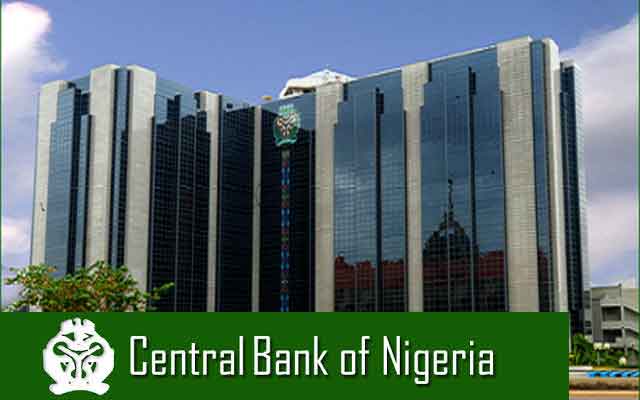A recent Central Bank of Nigeria survey showed that the Nigerian economy witnessed yet another contraction in both manufacturing and non-manufacturing activities in March 2017, howbeit, less so than recorded in the preceding month amid improved macroeconomic conditions coupled with strengthened consumption demand. The improvement in macroeconomic conditions could be partly attributed to increased foreign exchage supply to the economy which lowered exchange rates, particularly at the alternative foreign exchange market segments, resulting in lower input costs. The non-manufacturing sector recorded more operators whose perfromance rebounded than those in the manufacturing sector. According to the survey, the manufacturing composite PMI stood at 47.7 index points in March 2017 (better than 44.6 index points in February 2017), the third consecutive contraction year-to-date. The decline in manufacturing composite PMI was driven by contraction in new orders, to 45.6 in March (from 44.0 in February). However, the contraction in manufacturing composite PMI overshadowed an expansion in production level to 50.8 in March, a rebound from a contraction of 45.2 witnessed in February. In the same vein, the indexes for raw materials inventories and employment showed slower contraction, to 49.1 (from 44.8) and 43.6 (from 41.7) respectively while supplier delivery times shortened, to 51.3 (from 48.7), possibly due to increased slack at input suppliers’. Consequently, expansion in input prices slowed to 68.3 (from 70.9), thus having a pass-through impact on output prices which also expanded at a slower pace to 65.0 (from 69.9). Of the sixteen manufacturing sub-sectors under survey, only three sectors (as against two in the preceding month) recorded expansions – manufacturers of ‘Appliances & components’, ‘Food, beverage & tobacco products’ and ‘Textile, apparel, leather & footwear’ recorded expansions: of 63.9 (from 55.4), 53.2 (from 51.9) and 52.3 (from 46.3) respectively. On the other hand, the non-manufacturing composite PMI improved to 47.1 in March 2017 (from 44.5 in February 2017), indicative of slowing contraction. This was partly driven by slower contractions in business activity, incoming business, employment level and work in progress, to 49.8 (an improvement from 45.4), 46.4 (faster than 44.9), 44.0 (better than 42.6) and 48.0 (from of 44.9). respectively. Of all eighteen non-manufacturing sub-sectors under survey, seven sectors (as against only three in the preceding month) recorded expansions: notably, Agricultural sector saw faster expansion, 53.5 (51.0) even as ‘Finance & insurance’ and ‘Transportation & warehousing’ sectors rebounded from contraction territory to, 51.1 (from 44.5) and 51.3 (from 49.6) respectively. On the global scene, the rate of global economic expansion improved at the end of the first quarter as the J.P.Morgan Global All-Industry Output Index rose to 53.8 in March (higher than 53.4 in February). The upswing was driven by output expansions across the United States, the Euro area, Japan, the United Kingdom and Russia. However, the rate of expansion in new orders and employment slowed to 53.6 (from 53.8) and 51.8 (from 52.0) respectively. Nevertheless, global economic outlook brightened in March, to 64.4 (from 63.8 registered in February). Output growth in the Euro area which cut across the manufacturing and services sectors was driven by Germany, Ireland, Spain, France and Italy even as the final Markit Eurozone PMI Composite Output Index rose to a 71-month high of 56.4 in March (higher than 56.0 in February). The monetary zone also saw strong inflows of new business, increased pressure on capacity which led to a sharp rise in backlogs of work, and a resultant boost in employment level.










